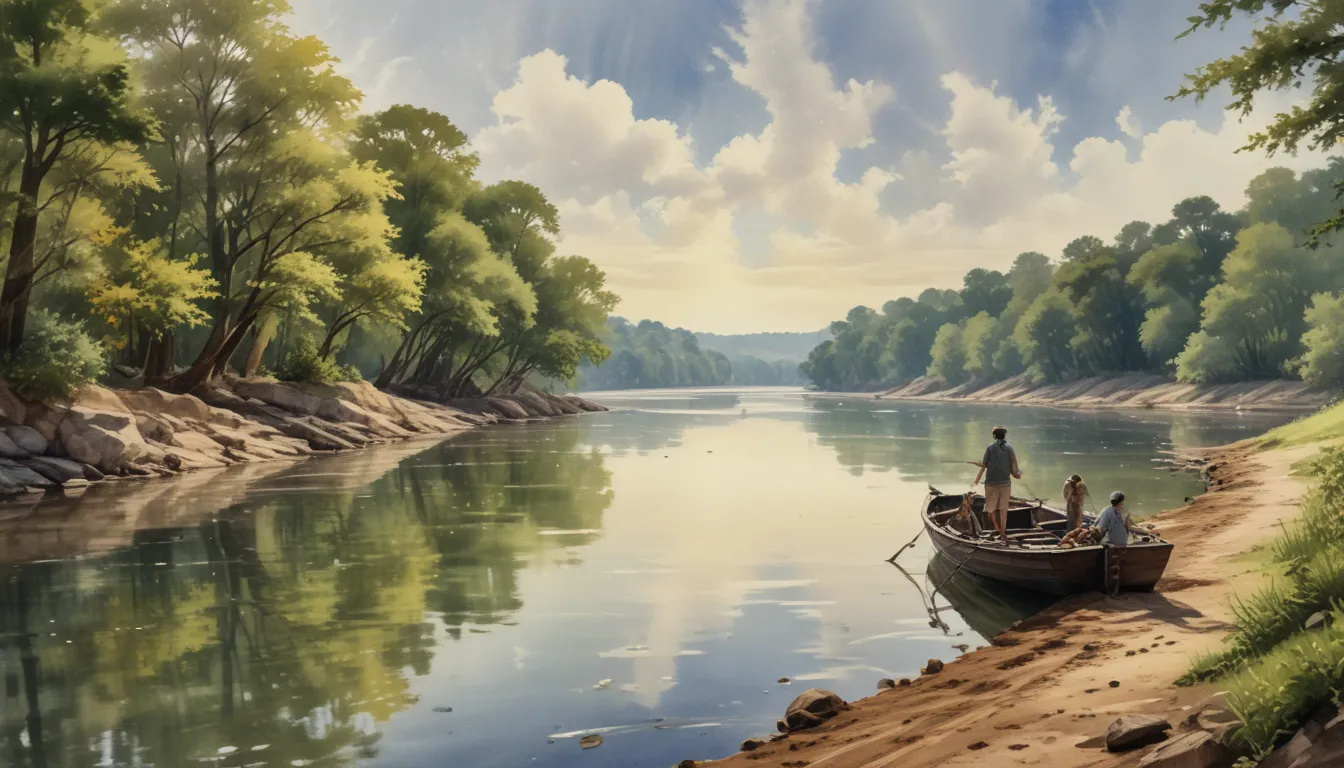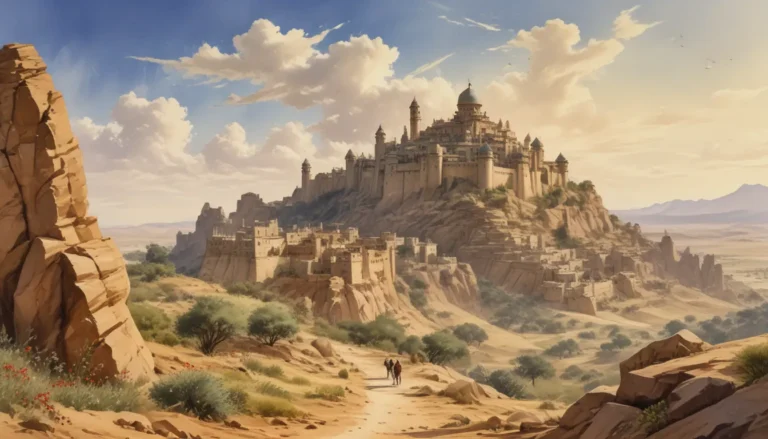The images in our articles are for illustrative purposes only and may not exactly match the content. They are intended to capture your interest and complement the text, not to replace it.
The Mississippi River, with its vastness and ecological significance, stands as one of the major river systems in the world. Let’s delve into the wonders of this iconic river through a collection of fascinating Mississippi River facts, showcasing its role in shaping the landscape and history of the United States.
Unveiling Mississippi River Facts
Key Highlights
- The Mississippi River drains approximately 40% of the United States, covering an area of 1.2 million square miles.
- It constitutes about 1/8 of the entire North American continent.
- A single drop of water takes a staggering 90 days to travel the length of the Mississippi River.
- Over 18 million people from more than 50 cities rely on the river for their daily water supply.
- The river descends 1,475 feet from its source to its mouth at the Gulf of Mexico.
Interesting Tidbits
- The Mississippi River is entirely situated within the United States.
- It encompasses main bodies and tributaries that drain at least 30 U.S. states and 2 provinces in Canada.
- A network of over 170 bridges spans the Mississippi River, facilitating transportation between the Southern and Eastern U.S.
- The river boasts the fourth-largest drainage basin in the world.
- Hydroelectric power generated from the Mississippi River serves more than 50 cities daily.
- The Mississippi River played a pivotal role in the Civil War victory over the Confederacy.
- Renowned American writer Mark Twain drew inspiration from stories related to the Mississippi River, notably in works like “The Adventures of Huckleberry Finn.”
Unraveling the Rich History and Ecology of the Mississippi River
Discovering the River’s Past
- Before the Louisiana Purchase in 1803, the river’s surrounding lands were claimed by Britain, France, and Spain.
- The Mississippi River teems with a diverse array of wildlife, hosting over 260 fish species, 50 mammal species, 145 amphibian species, and 325 bird species.
- In 2002, Slovenian swimmer Martin Strel swam the entire length of the river in 68 days, showcasing human endurance and the river’s expanse.
- Water-skiing, now a popular sport, was born on the waters of the Mississippi River.
Fascinating Infographics
1. Meaning behind the Name
- The name ‘Mississippi’ originates from the Anishinabe people, translating to “Father of Waters.”
- Dakota Indians referred to the river as “Hahawakpa,” meaning “River of the Falls.”
2. Length and Size
- Ranking as the fourth longest river globally, when combined with the Missouri-Jefferson system, it becomes the third longest.
- Extending over 2,340 miles, the Mississippi River is the second-longest river in the U.S.
3. Starting Point and Width
- Originating in Minnesota at Lake Itasca, the river meanders across the heart of the continent.
- The Mississippi River ranges from 20 to 30 feet wide at its narrowest point, expanding to over 11 miles at its widest.
4. Unique Features
- At its source, the river flows at a depth of less than 3 feet, contrasting with depths of up to 200 feet in New Orleans.
- The Mississippi River boasts an extensive network of connections, linking various rivers along its journey.
Navigating Down the River
- The Mississippi River is accompanied by the Great River Road, a highway following its course through 10 U.S. states.
- Remarkably, the river exhibited backward flow during hurricanes like Isaac in 2012 and Katrina in 2005.
Reflecting on Historical Events
- The Great Flood of 1927 submerged vast areas of the Mississippi River Valley, causing widespread displacement and social repercussions.
- This catastrophic flooding led to significant political shifts among Black Americans, marking a turning point in U.S. history.
Exploring the Divisions of the Mississippi River
Understanding River Stages
- River stages serve as crucial safety indicators for potential flooding, warning communities of rising waters.
- The Mississippi River is divided into four distinct levels, known as reaches or sections, each with unique characteristics and significance.
Diving into Different River Sections
- From the head of navigation at St. Paul, Minnesota, to the mouth near St. Louis, Missouri, the upper section of the Mississippi River presents a serene freshwater flow.
- Below the Missouri River junction lies the turbulent middle section, contributing silt and sediment to the clearer waters.
- Beyond the Ohio River junction at Cairo, Illinois, the lower Mississippi River widens significantly before descending towards the Gulf of Mexico.
Exploring the Magnificent Mississippi River Delta
Delving into Geological Wonders
- The Mississippi River Delta, formed over millions of years, showcases remarkable sedimentation patterns across the Gulf of Mexico.
- Spanning 300 miles in radius and 30,000 square miles in area, the delta serves as a testament to the river’s geological legacy.
Embracing Cultural and Environmental Preservation
- The Mississippi River Museum in Dubuque, Iowa, established in 2003, stands as a vital center for studying and conserving the river’s rich history and natural environment.
- Accredited by prestigious organizations like the American Association of Museums and the Smithsonian Institute, the museum upholds high standards of cultural and environmental education.
Embarking on Mississippi River Cruises
- Mississippi River cruises offer two distinct courses: the Upper Mississippi River Cruise and the Lower Mississippi River Cruise, providing captivating journeys through historic waterways.
- Cruises exploring tributaries like the Ohio and Tennessee Rivers offer additional opportunities to experience the river’s diverse landscapes.
Conclusion
The Mississippi River’s legacy as the “Father of Waters” extends far beyond its physical presence, shaping ecosystems, cultures, and history for centuries. Through a tapestry of natural wonders and human achievements, this iconic river invites us to explore its depths and appreciate the boundless beauty it bestows on the land it traverses. As we reflect on the marvels of the Mississippi River, let us cherish and preserve this majestic waterway for generations to come.






